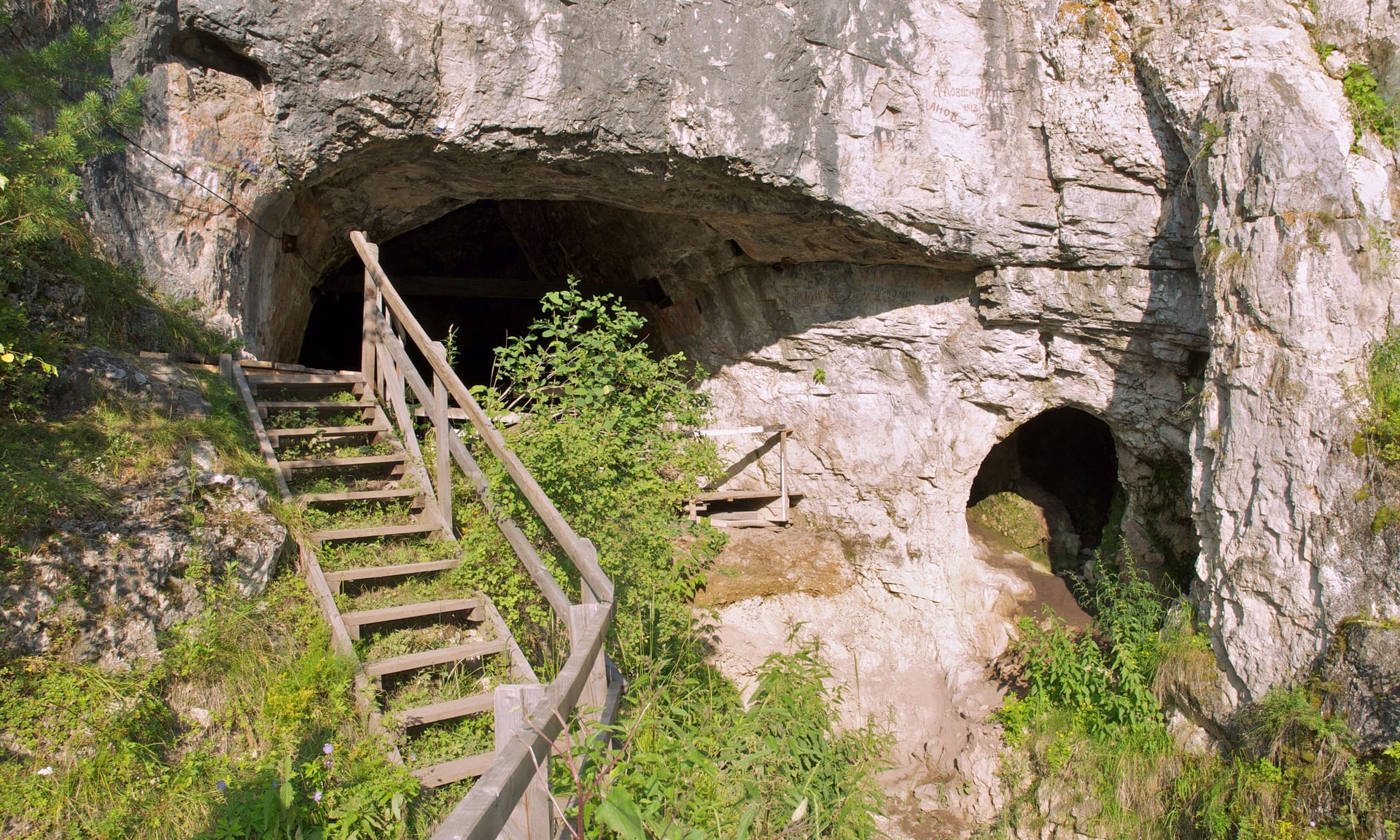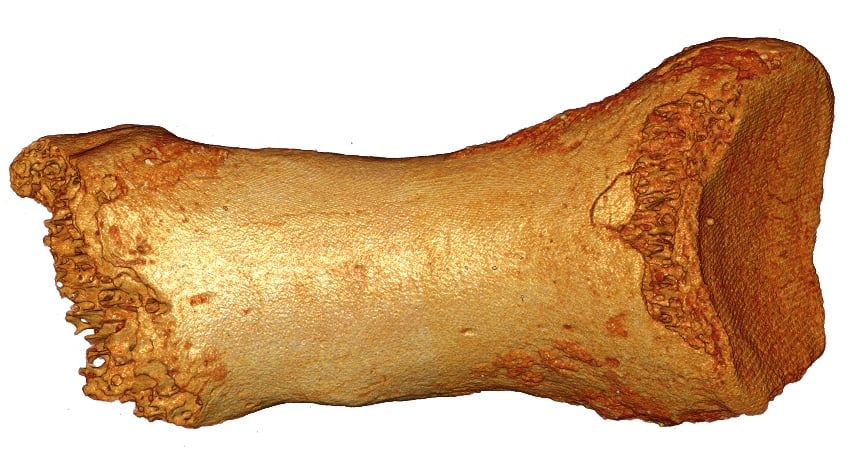Scientists Discover Proof that a Neanderthal and a Denisovan Had a Child

A Russian cave was where two ancient humans decided to have a baby. It was about 50,000 years ago, confirm scientists who discovered a fragment of a bone belonging to an ancient child.
The DNA from the bone fragments discovered in the cave baffled scientists: the child had a Neanderthal mother and a Denisovan father.
This rare discovery was reported in Nature and helped scientists figure out the ancient relatives of modern humans. Neanderthals and Denisovans were both humans, but of different species.
Researcher Viviane Slon from the Max Planck Institute for Evolutionary Anthropology – MPI-EVA (Leipzig, Germany) explains that previous studies showed Neanderthals and Denisovans occasionally mated:
“But I never thought we would be so lucky as to find an actual offspring of the two groups.”
The Ancient Family
A fragment of bone was found in the Denisova cave by Russian archaeologists a few years ago. Analysis showed, according to Bence Viola (University of Toronto) some detailed information:
“The fragment is part of a long bone, and we can estimate that this individual was at least 13 years old.”
The child’s mother was genetically closer to western European Neanderthals than to those that lived in Denisova Cave. This information shows that before dying out, Neanderthals migrated to different parts of Europe and Asia for tens of thousands of years.
The Denisovan father had some Neanderthal ancestors in his family tree too.
Are Modern Humans Part Neanderthal?
Only a small proportion of Neanderthal DNA can be found today in non-African humans. Other non-African populations from different areas have a portion of the ancient Asian people – Denisovans.
Considering that the genes were passed to future generations, scientists concluded that Denisovans and Neanderthals interbred, with this fragment of bone being the first and only proof.
Neanderthals and Denisovans lived in Eurasia until 40,000 years ago – Neanderthals lived in the west, while Denisovans in the east. At times, Neanderthals would migrate towards the east and encounter Denisovans and modern humans. Svante Pääbo, director of MPI-EVA, concludes that:
“Neanderthals and Denisovans may not have had many opportunities to meet. But when they did, they must have mated frequently – much more so than we previously thought.”

0 comments